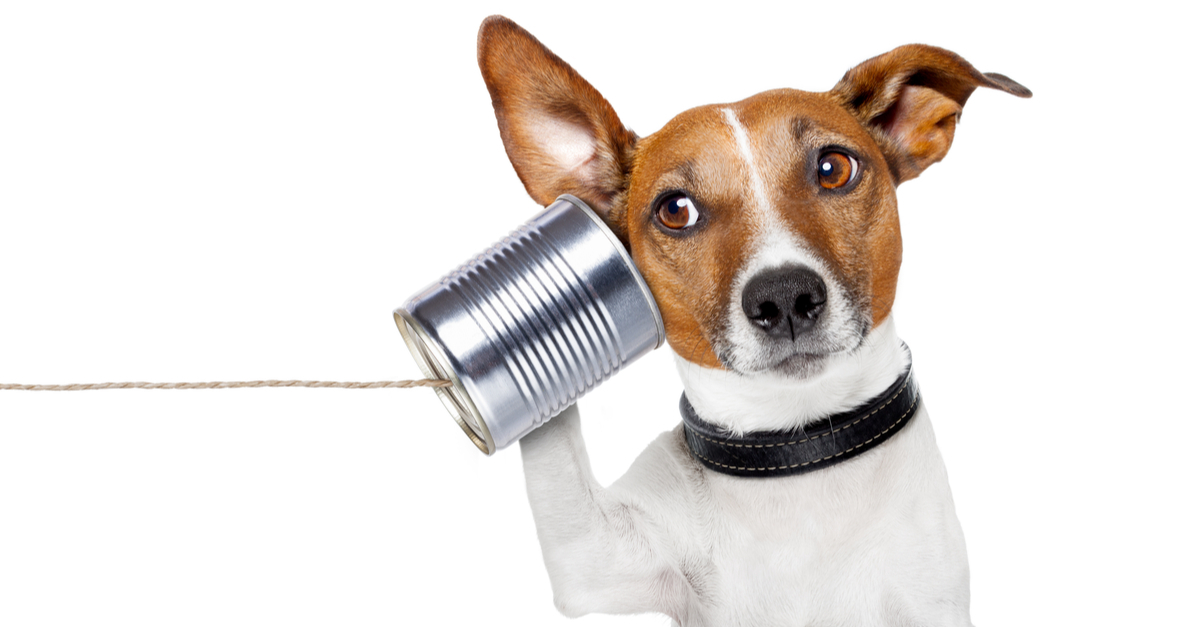There’s been much talk about telemedicine for the pets over the past year, and in recent times, three new enterprises have launched on the UK pet scene: Joii Pet Care, First Vet, and MyFamilyPet.co.uk (the latter operated by the IVC chain of vet clinics). These join longer established enterprises including Pawsquad and Vetfone.
Teleconsults are not the same as hands-on consults
Bricks-and-mortar vets understandably have concerns about telemedicine: how can it be possible to examine an animal without physically examining it? At the same time, I know as a vet working in the media that it is possible to offer a great deal of helpful advice to pet owners without a hands-on consultation. Nobody would claim that virtual consults are the same as a physical visit to the vet, but at the same time, it’s wrong to try to suggest that it’s impossible for vets to be of any assistance to people who are looking for help for their pet online. Surely an informed vet is a better option than the randomness of Dr Google?
Regulation of this new area is important
The challenge for our profession is how to integrate online veterinary care into the services offered to the public in a way that works to everyone’s advantage: for owners, for vets, and most importantly, for the animals. This is the conundrum faced by our regulator, the Royal College of Veterinary Surgeons. In a world which is rapidly changing, it’s difficult for regulations to keep up, but the RCVS is actively working on this area. The ViVet initiative is an example of their commitment to engage with this topic.
Technology will continue to improve in the coming years
New technology is going to enhance the possibilities of telemedicine. Wearable technology will soon give online vets data on heart rates, rhythms and sounds, body temperature, activity and mobility, and food and water consumption. Online imaging will improve too, allowing clearer scrutiny of lesions in areas like skin and ocular disease. The infrared detecting ability of some smartphones may allow areas of inflammation to be identified. Most of this is possibility rather than reality at the moment, but it’s the way our world seems to be heading.
There are ethical dilemmas that need to be addressed
There are a number of contentious issues that still need to be resolved, including remote prescribing (are there any POM products that can safely be prescribed without physically examining an animal?) and after-hours commitments (is it fair that hands-on vets are obliged to provide a hands-on emergency service, while virtual vets can dismiss urgent cases with a hastily typed line “take the animal to your nearest vet”?
New job opportunities are likely
Meanwhile, for young vets, the possibility of work as an online vet is broadening employment possibilities. Fed up with squeezing anal sacs, handling aggressive dogs and commuting through traffic to a vet clinic? Now you can work from the comfort, convenience and privacy of your own home, using your veterinary skills in a different way.
This may even become a new speciality, with a different skill set to hands-on veterinary work. Online vets will need to learn how to make the most of the more limited data that they can access. In particular, they need to learn the tell tale signs of serious illnesses that may be difficult to detect from afar.
The big fear, of course, is that a life-threatening condition may be missed: the cat who’s a “bit quiet” who has a ruptured bladder, the dog who has not eaten their dinner who turns out to have an early gastric torsion, the rabbit who seems “less active than usual” who has fly strike underneath the fur under the tail. These are examples of situations which would be easily spotted if you physically examined the animal, but which could arguably be missed through the filtration of an online interface.
Safe, effective telemedicine, with limits, is the goal
The fact that there’s a risk of these types of missed diagnoses does not mean that there is no value to telemedicine: rather, it just means that there’s a challenge to be overcome. We need to learn how to practice safe, effective telemedicine, within specified limits, rather than naively hoping that the entire topic will just go away. The public will demand this type of veterinary care, and it’s up to our profession to rise to the challenge of doing it well.


